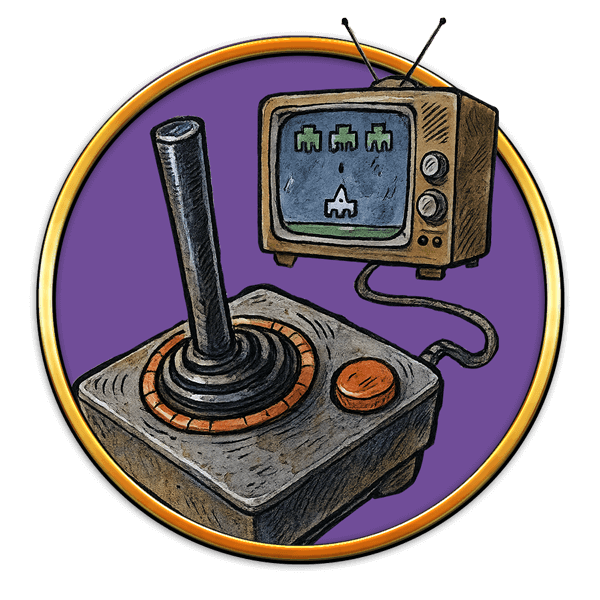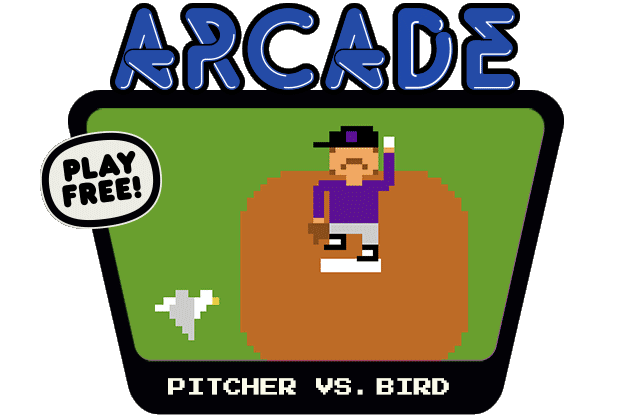It didn’t have graphics. It had suggestions. A square meant a football player. A dot was a bullet. A vaguely bat-shaped thing? That was a spaceship. And yet, in living rooms across America, one magical machine made us believe we were piloting tanks, catching passes, and battling aliens: the Atari.
Once plugged in and fired up—ka-chunk—your TV transformed into a glowing arena of pixelated chaos. No loading screens, no updates, no cinematic intros—just a low hum, a flashing start screen, and pure imagination.
The joystick was a glorious nightmare. One red button, a stick that moved like it was filled with peanut butter, and the tactile feel of imminent thumb cramps. But you didn’t care. You were flying in Asteroids, dodging missiles in Combat, or suffering humiliating defeat at the hands of a blocky opponent in Pong.
And the sound effects? Bleep. Blorp. Blap. They weren’t just noises. They were the soundtrack of your childhood sanity slipping away at level 9 of Space Invaders.
The cartridges were chunky little slabs you slammed into the console with the subtlety of a construction worker installing drywall. Some of them were duds. Some barely fit. But when they worked? You felt like a wizard. A digital god in control of four whole colors and up to two full moving objects on screen.
It didn’t need realism. It had wonder. Because in those flashing lights and jagged shapes, we saw football fields, haunted houses, and outer space. We saw the future—and we could play it, right there in the living room.
The games were simple. The memories? Absolutely legendary.








